Jordan's desert palaces: architectural masterpieces that tell the story of the Umayyad era.
Arab Weather - Jordan's desert palaces are living testament to the grandeur of early Islamic architecture and art. Their unique details reflect a blend of Persian, Roman, and Greek influences, making them among the most prominent historical landmarks in the region. These palaces, built in the eighth century AD, were not merely residences for rulers; they also served multiple roles as agricultural and trade centers, caravan stations, and even military fortresses that helped consolidate relations with Bedouin tribes.
A Comprehensive Guide to Visiting Jordan's Desert Palaces: Unmissable History and Beauty
The most prominent desert palaces in Jordan
Al-Mshatta Palace
Qasr al-Mushatta , located 32 km southwest of Amman, is one of the most prominent Umayyad desert palaces. Built by order of Caliph al-Walid ibn Yazid in 744 AD, it is surrounded by a 144-meter-long square wall adorned with 25 circular towers, highlighting the palace's defensive character.
Al-Harana Palace
Also known as Qasr al-Kharana , it is one of the palaces built during the reign of Caliph Al-Walid ibn Abd al-Malik. The palace is distinguished by its square design and unique architecture, reflecting a blend of Islamic and Roman architecture. The palace is a must-see for history buffs, as visitors can explore its corridors and experience the atmosphere of the Middle Ages.
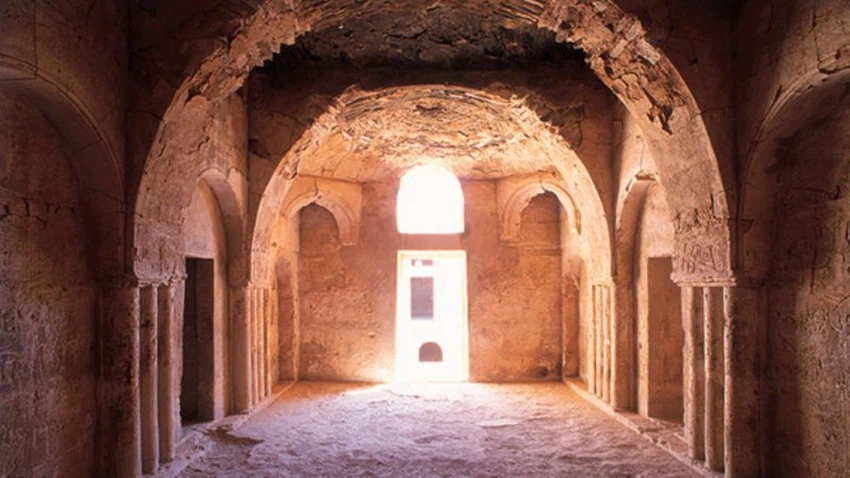
Umrah Palace
Qasr Amra is one of the most important Umayyad palaces. It was built during the reign of Caliph Yazid ibn Abd al-Malik as a hunting and recreational facility. The palace is distinguished by its stunning sculptures and murals, which are still preserved today, leading to its inclusion on the UNESCO World Heritage List in 1985.
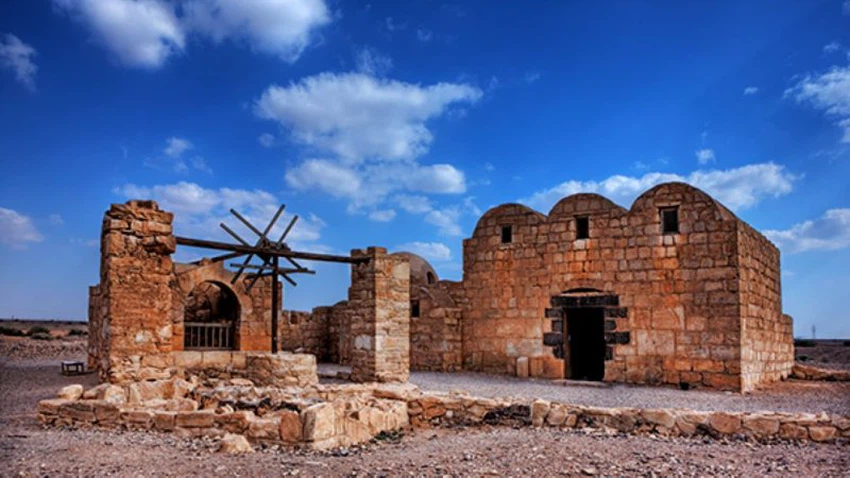
Barqa Palace
Barqa' Desert Palace, located in Mafraq Governorate, was initially built by the Romans to control freshwater sources. It contains irrigation canals that reach all rooms and facilities. The palace still stands today and is a unique destination for exploration and history buffs.
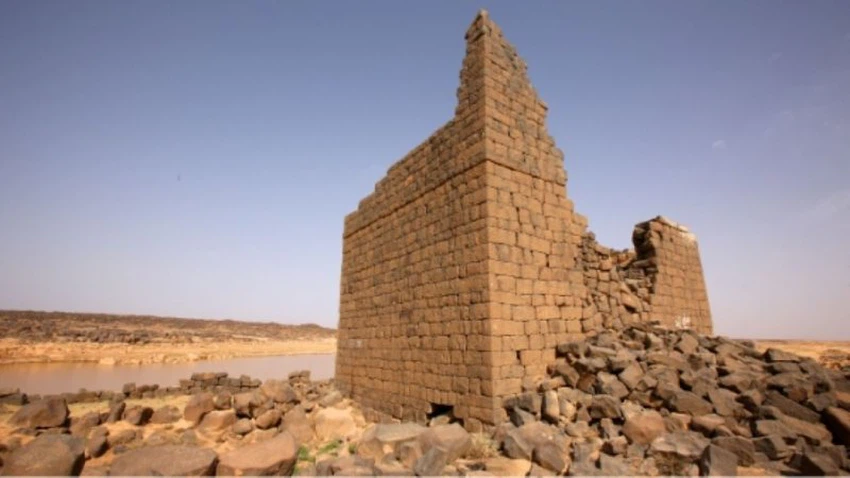
Hallabat Palace
It is considered one of the most distinguished archaeological sites in the Middle East. Initially built by the Romans as a fortress to protect the Via Nova Trajana, it underwent expansion in the 4th century AD. It was reinforced with defensive towers during the reign of Emperor Diocletian, making it one of the most important fortresses of its time.
Jordanian Desert Palaces: A Journey into the Heart of Islamic History

Palace of the Baths of the Elephant
Also known as the Eastern Hallabat Palace , it is located in the city of Zarqa, north of Amman. It was built during the reign of Caliph Hisham ibn Abd al-Malik in the early eighth century AD and was used as a bathing and relaxation resort, reflecting the splendor of Islamic architecture of the era.
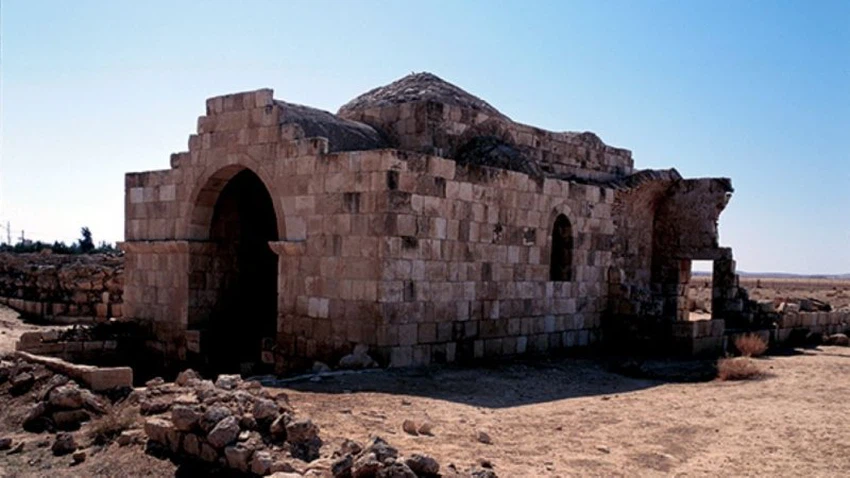
Brick Palace
Despite being subjected to drought and destruction, the Touba Palace still retains a large portion of its original structure. Located on the trade route between Balqa and the Arabian Peninsula, historical sources indicate that it was built during the reign of Caliph Al-Walid ibn Yazid.
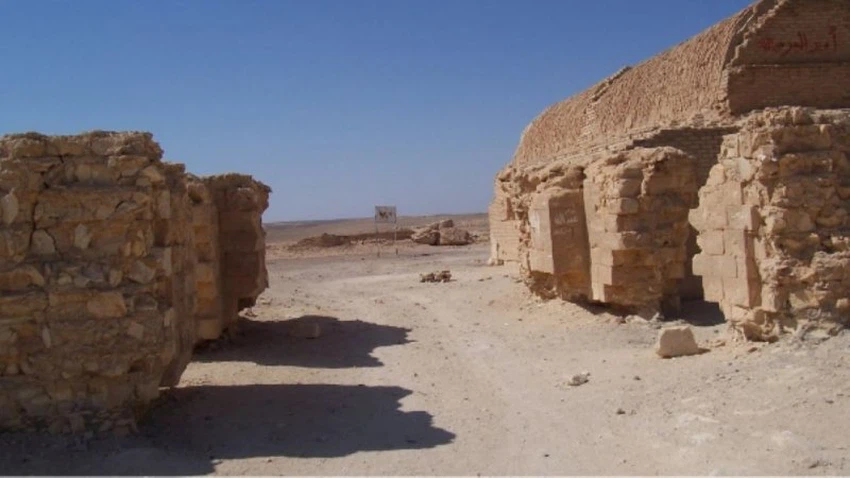
Why are Jordan's desert palaces worth visiting?
The desert palaces offer a unique opportunity to explore the cultural heritage of the Umayyad era. They are not just ruins, but landmarks that tell the stories of the civilizations that passed through the region. Whether you're a history buff or interested in Islamic architecture, a visit to these palaces is an unforgettable experience. You can see mosaics and murals that have survived for centuries and explore their stunning architectural designs.
Jordan's desert palaces represent architectural treasures that reflect the development of Islamic art during the Umayyad era and offer a fascinating glimpse into the lifestyle of that period. Thanks to their prime location east and south of Amman, you can visit them in a day or two and enjoy a unique historical tour through the Jordanian desert.
Have you heard about Jordan's desert palaces? Here's the most important information about them.
Arabia Weather App
Download the app to receive weather notifications and more..



